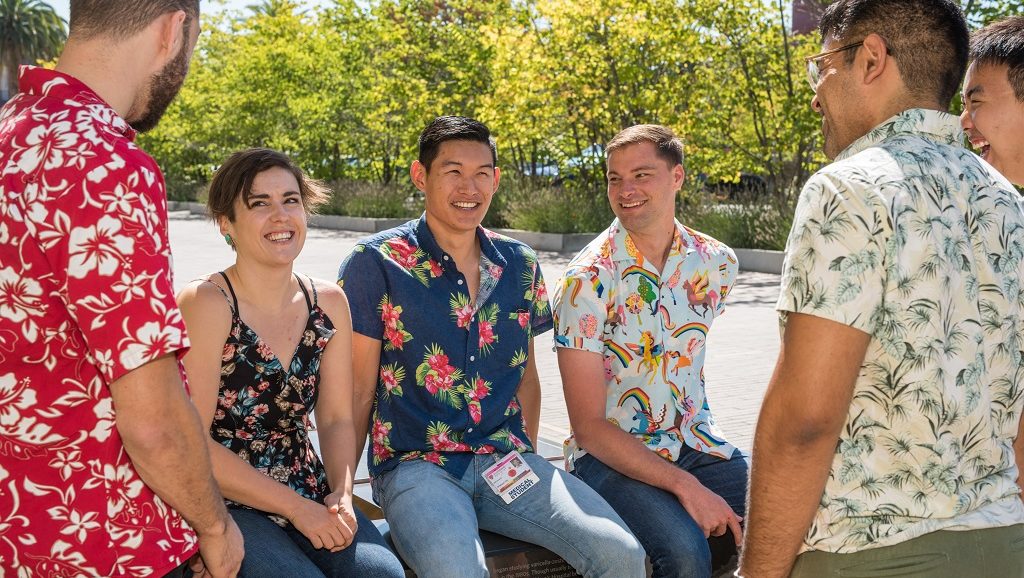At Stanford's medical school, where the majority of medical students opt to add a year or more to their studies to incorporate research, a new curriculum now offers a more flexible and financially enticing way for them to do so.
The new Discovery Curriculum is the result of a three-year review spurred by a group of faculty members, including several Nobel laureates, who envisioned a curriculum that would be more accommodating to the scientific ambitions of medical students while also giving them outstanding preparation for clinical work.
In my Inside Stanford Medicine story, I describe its objectives:
The goal was twofold: first, to create opportunities and flexibility for students' long-term research, personal growth, exploration and discovery; and second, to improve coursework and teaching quality, and to close curricular gaps that were identified during the review process.
In addition to some all-new and revamped classes, one of the most exciting things about the Discovery Curriculum is the opportunity for second-year students to split their coursework across their second and third years of medical school (which usually lasts four years), opening up time for scientific research or personal projects of any kind.
As part of my reporting, I spoke with Paul Berg, PhD, professor emeritus of biochemistry and a co-recipient of the 1980 Nobel Prize in chemistry, who played a major role in shaping and championing the new curriculum:
Berg said that although some will choose to do research, many of the MD students he interviewed during the redesign efforts expressed a wish to take classes on the university's main campus and possibly earn a master's degree. Other students may opt to split the curriculum for other purposes -- parenting a new baby, training for the Olympics, writing a novel or just slowing down the pace of learning.
The advantage of the split curriculum is that students can start a research project during the spring or summer quarter of their first year and have sufficient time to continue it for the next two years. This type of extended scholarly experience had not been possible in the previous curriculum.
Adding a fifth year of training doesn't add to a student's tuition -- in fact, students who want to add a sixth year of study to earn a newly offered master's degree in biomedical investigation could benefit from a new $2.5 million grant from the Burroughs Wellcome Fund.
The traditional four-year clinical MD degree is still a robust option at Stanford, enhanced by new and restructured classes. But for those students who wish to pursue investigative work that can advance the field of medicine in addition to clinical training, the Discovery Curriculum makes that option more compelling than ever.
"What we want our students to do is not to emulate us... but to eclipse us," Neil Gesundheit, MD, MPH, professor of endocrinology and senior associate dean for medical education, who helped lead the curriculum redesign, told me. "We want them to gain skills and leadership, knowledge -- whatever they need -- to become the academicians and the thought leaders, the change agents for the future."
Photo by Steve Fisch




